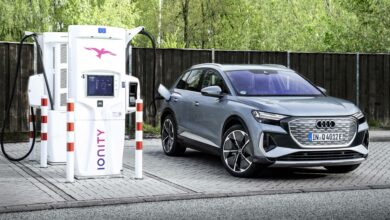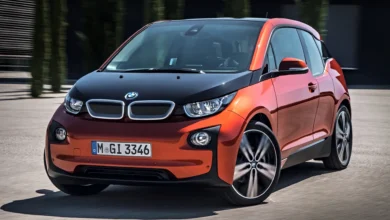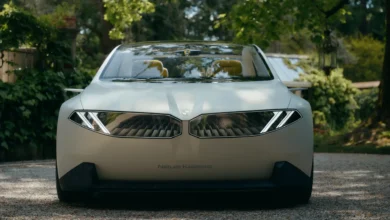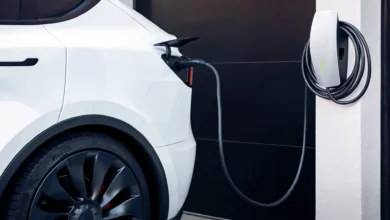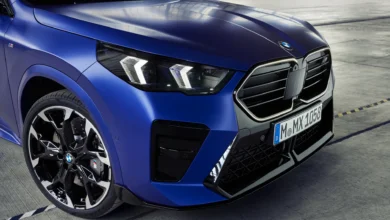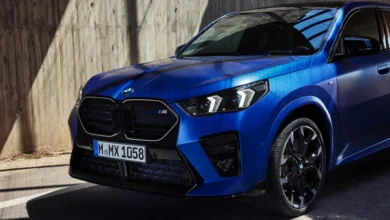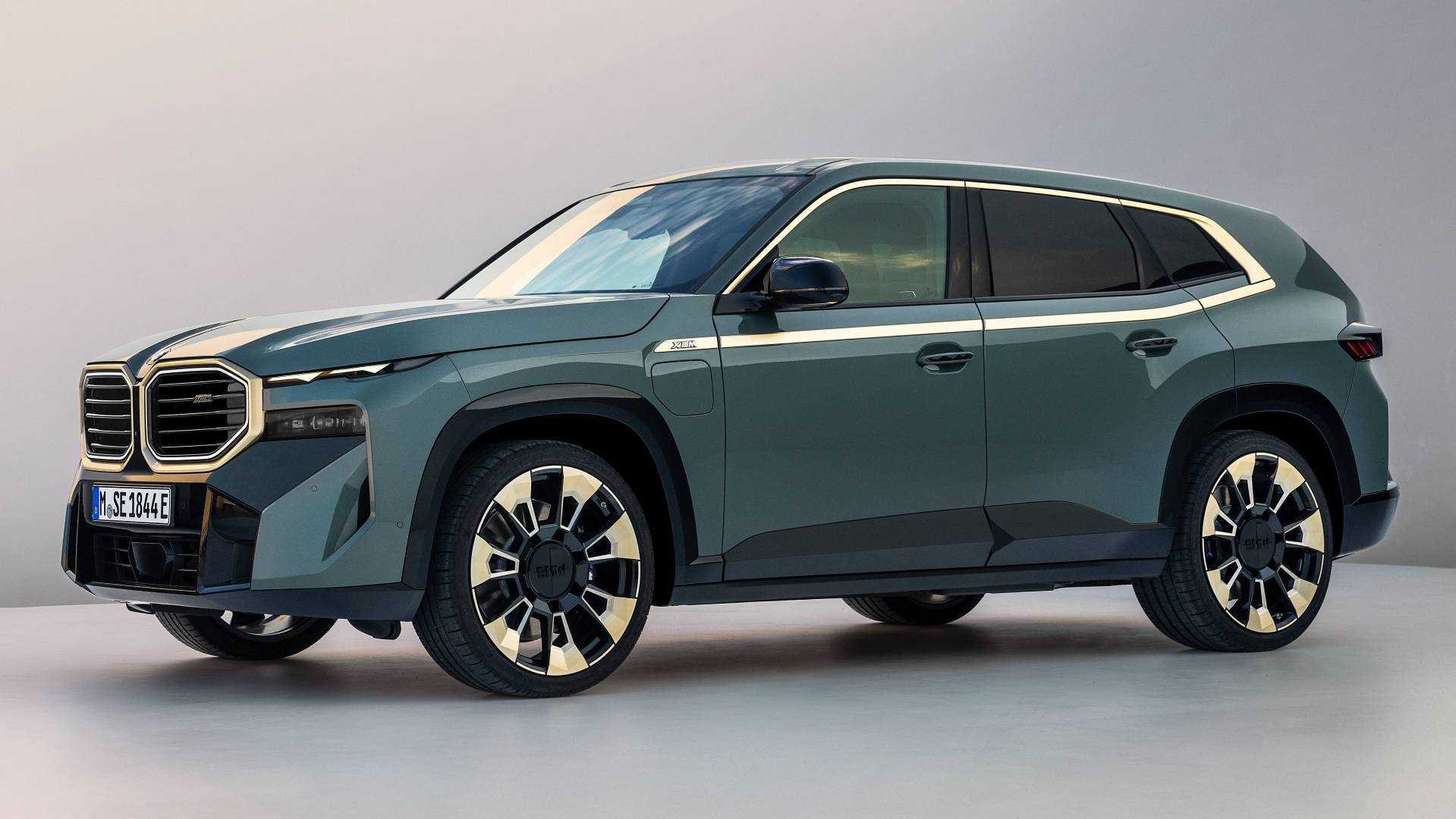
The search for efficiency in electric cars is increasingly relevant to the automotive industry. BMW knows this and has searched for a new way of generating energy that allows increasing the autonomy of its vehicles.
BMW knows that one of the keys to succeeding in the electric car market is efficiency, and to do so, it has designed a suspension that can take advantage of uneven terrain to produce electricity.
Competition is fierce in the electric car market and, as it is an expanding technology, manufacturers know that they cannot rest on their laurels if they want to get on the bandwagon of change. The transition has begun and it is already unstoppable, so each of the brands present in the industry runs the risk of failing if they do not move forward and adapt to the new global scenario.
At a technological level, the key is to make the most of energy. In this sense, there are already systems such as regenerative braking, which takes advantage of the movement of the vehicle in the deceleration phase to recharge the batteries.
Produce energy thanks to potholes
BMW’s approach this time is different: it is about taking advantage of the movement of the suspension during the journey to produce electricity. It’s not a new approach, as companies like GIG Performance are already developing a similar concept in trucks. However, BMW intends to go a step further and introduce this system in its electrified models, according to Carbuzz.
The basic concept is simple: the main job of the suspension springs is to absorb the energy generated by potholes so that it is not transferred to the passenger compartment. Thanks to this, the wheels remain in contact with the asphalt at all times, making the occupants of the vehicle much more comfortable. Therefore, BMW wants to take advantage of the energy generated by the bumps in the suspension, transforming the oscillating movement of its elements into electricity.
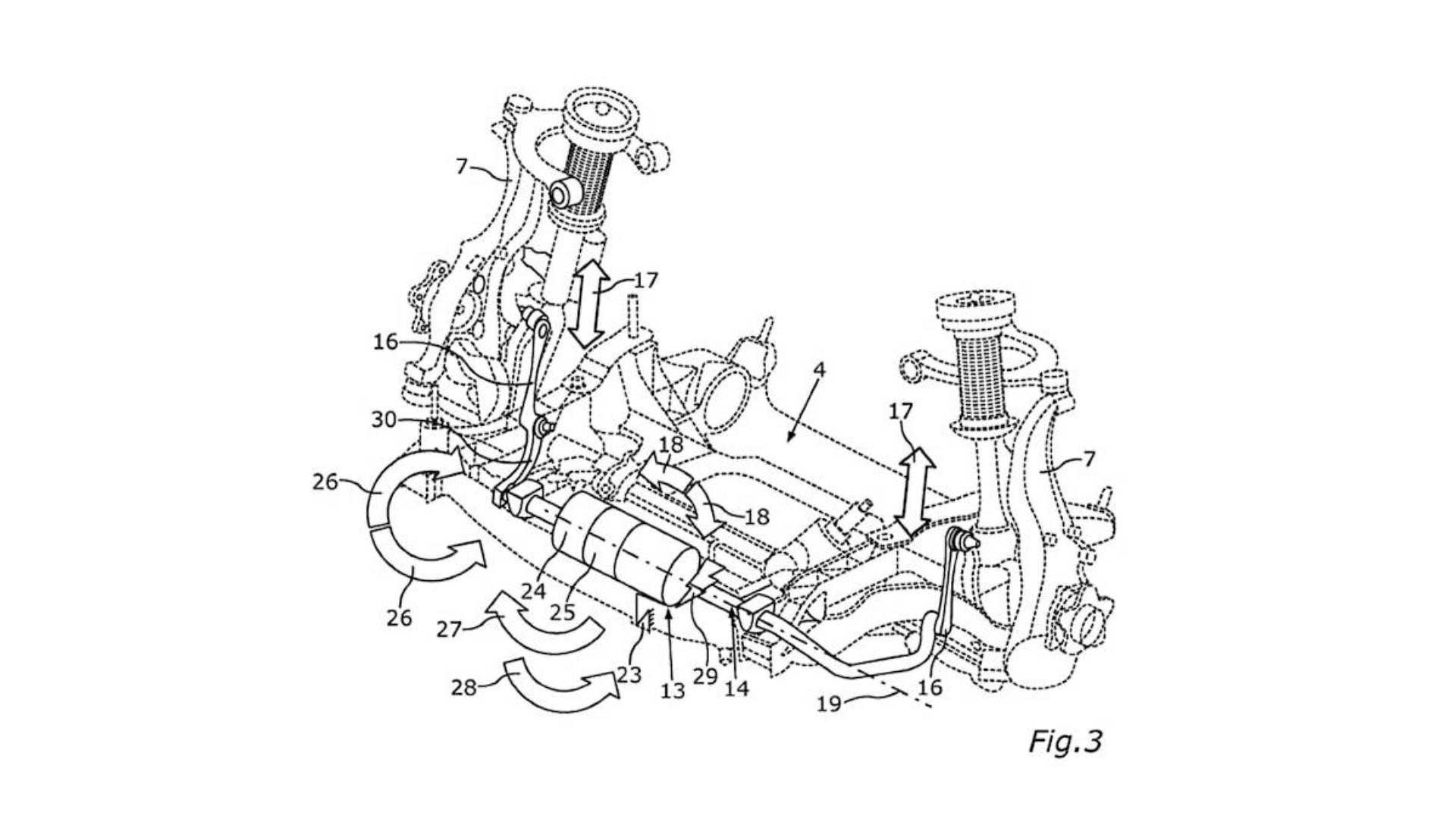
How BMW’s Energy Recovering Suspension Works
Specifically, the system of the German brand consists of a generator installed in the chassis, to which a small flywheel and a one-way clutch are attached at its input. Said generator is driven by a drive disc which, in turn, is connected to a suspension control arm via an actuator similar to a conventional stabilizer bar.
At the moment in which the suspension is compressed by the action of a bump, the stabilizer bar moves and rotates the drive disc with the clutch disengaged. When the suspension expands, the drive disc rotates again in conjunction with the stabilizer bar, but now the one-way clutch is engaged and drives the mechanism that drives the generator flywheel. Finally, the generator transfers the electricity to the batteries.
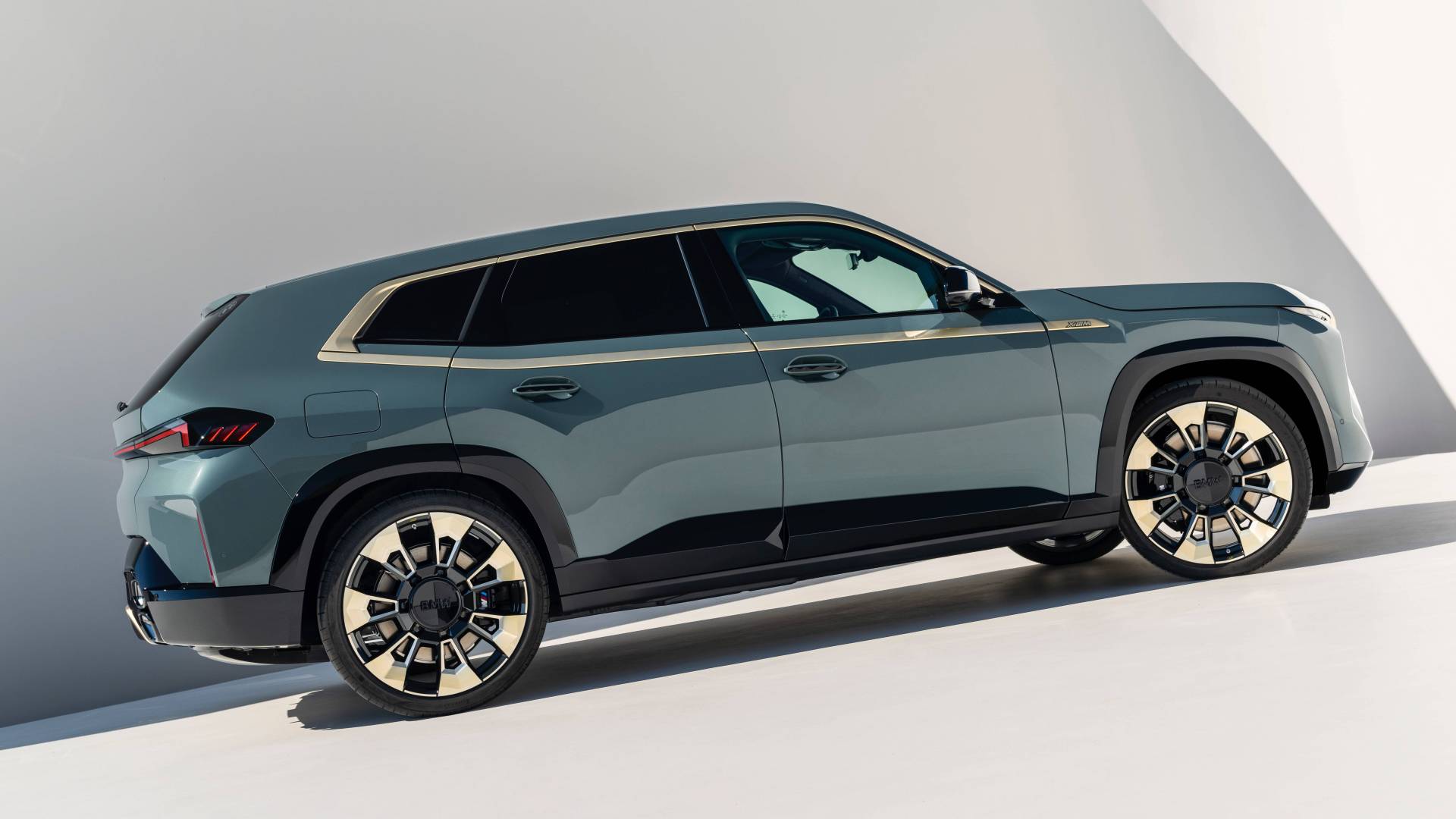
This is so because BMW takes into account that the compression movement of the suspension is usually sudden and its energy needs to be transferred to the spring very quickly and without interference. In contrast, the subsequent expansion or rebound movement takes more time and allows energy to be transferred more efficiently and with less interference with the natural behavior of the suspension.
At the moment, the energy recovery system through the BMW suspension is only a patent. Therefore, it remains to be seen in which models it can be seen in the future, although one thing is certain: it will not be cheap.
